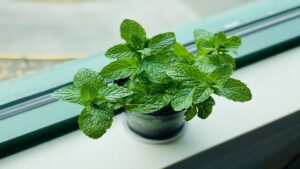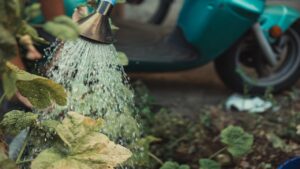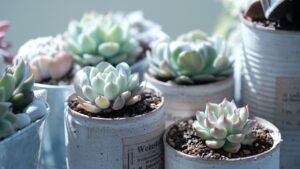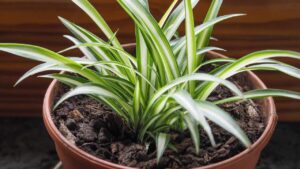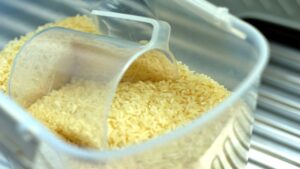When Does Spathiphyllum Flower? All the Tips for Growing It
The spathiphyllum, also known as the peace lily, stands out as one of the most favored indoor plants, thanks to its beauty and ease of cultivation. One of the most interesting characteristics of the peace lily is its ability to purify the air. Numerous studies have demonstrated its effectiveness in filtering out harmful chemicals like formaldehyde, benzene, and trichloroethylene from indoor air. This makes it an excellent choice for enhancing the air quality in our homes.
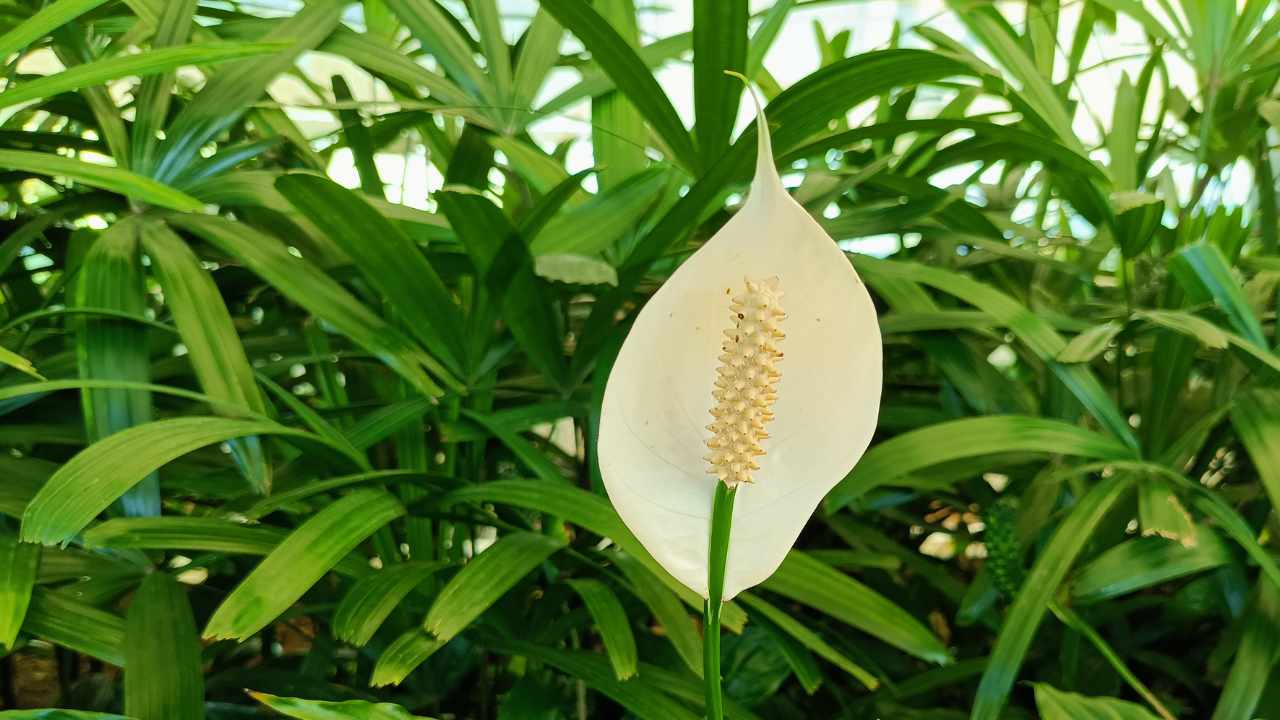
The spathiphyllum is a perennial plant that typically grows to a height of around 1 meter. It is characterized by its large, dark green leaves and distinctive white, spike-shaped flowers. Its beauty lies in the contrast between the shiny green leaves and the delicate white blooms. These flowers are surrounded by a prominent bract, resembling a petal, which protects the actual flowers.
Useful tips for growing spathiphyllum
Its cultivation requires little care, making it suitable for those who do not have much time or experience in plant care. However, despite its simplicity, providing the right conditions is essential for optimal growth and abundant flowering. The ideal temperature for its cultivation is between 18 and 25 degrees Celsius. Protect it from temperatures below 15 degrees, as it cannot tolerate cold. Place it in a location with indirect light, avoiding direct sun exposure.
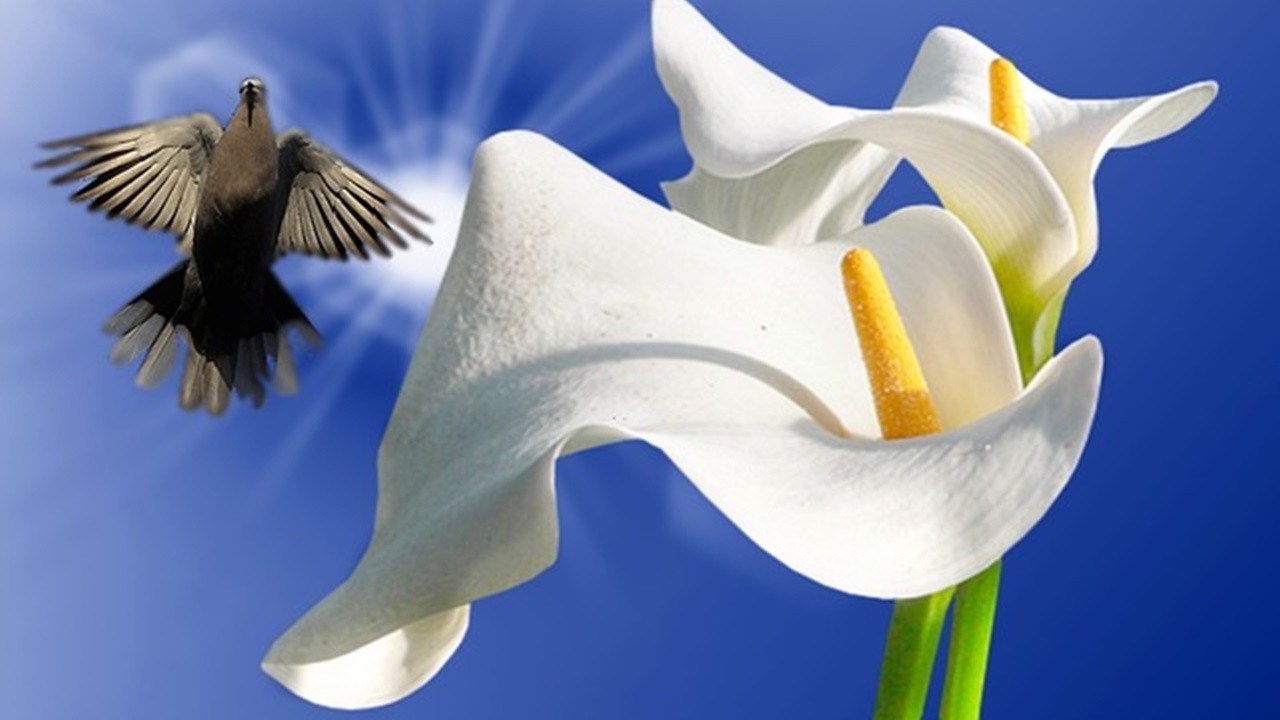
An essential factor for the well-being of the spathiphyllum is humidity. This plant needs constantly moist soil. One trick for maintaining humidity is to place the pot in a saucer filled with water, allowing the plant to absorb needed moisture through drainage holes. Alternatively, you can mist the leaves to maintain humidity.
When you water it, avoid stagnant water to prevent issues. If you notice brown or blackened flowers or black leaves, you may have given too much water. If, however, dry tips suggest insufficient watering or exposure to too high temperatures. Adjust your watering routine accordingly.
For optimal growth, it is best to use a potassium-rich fertilizer during the active growth phase, typically from spring to autumn. This will support the spathiphyllum’s nutritional needs.
